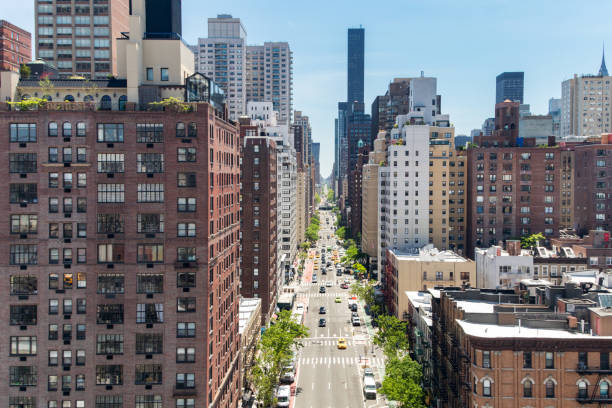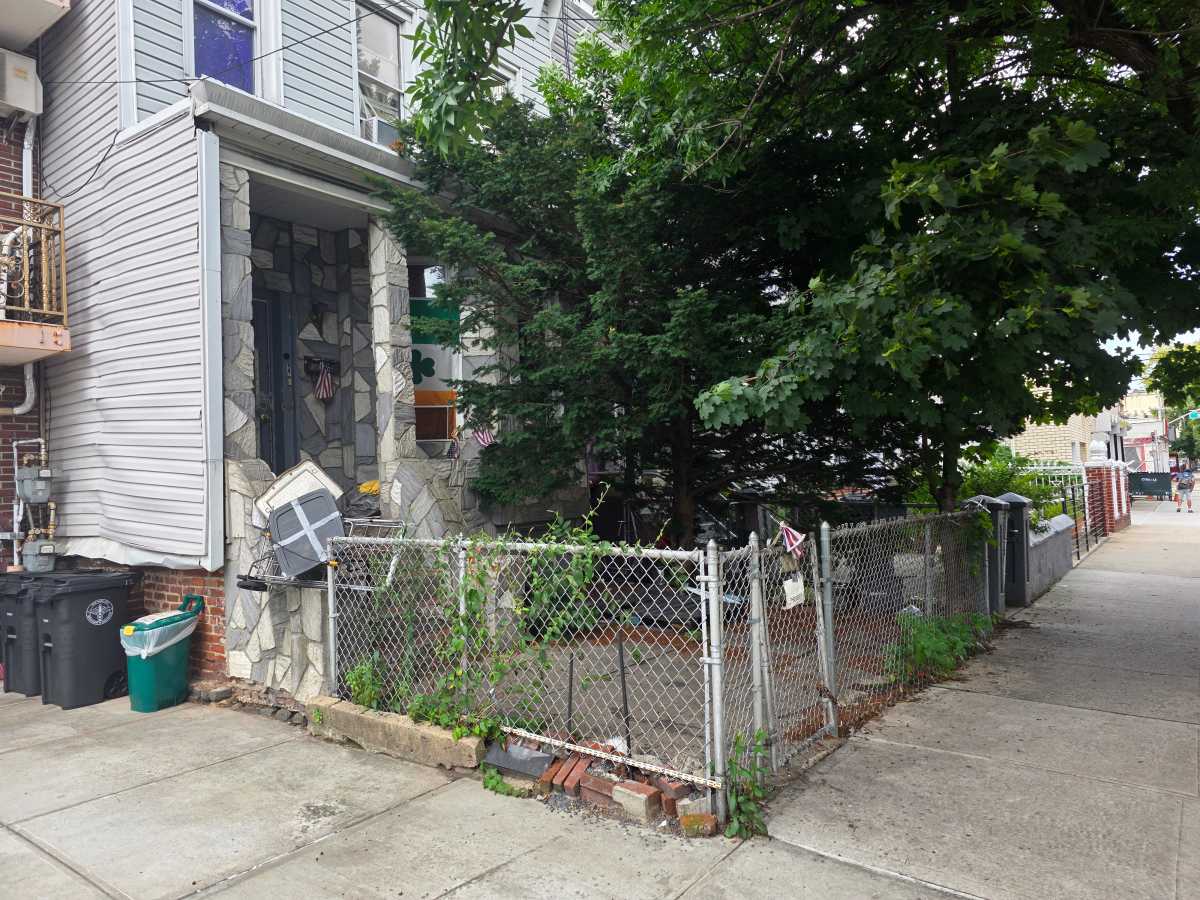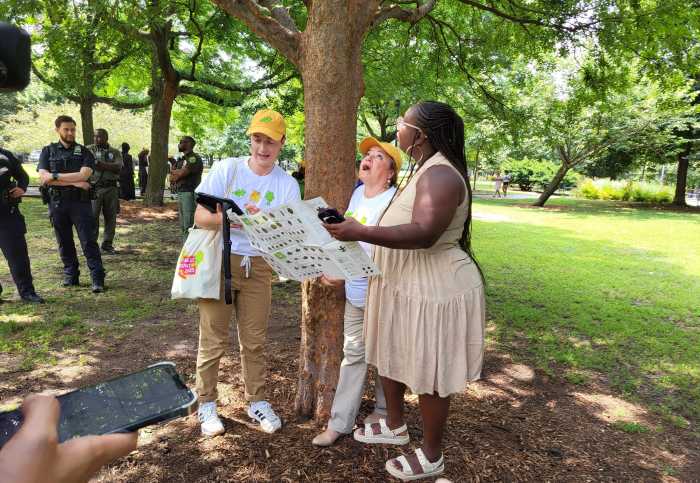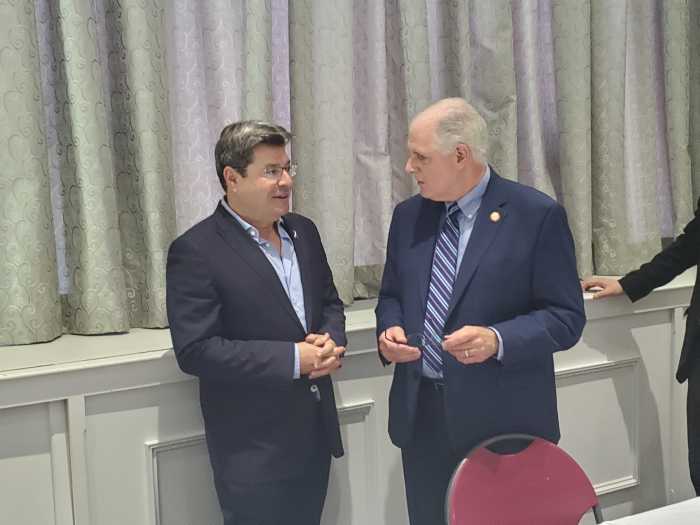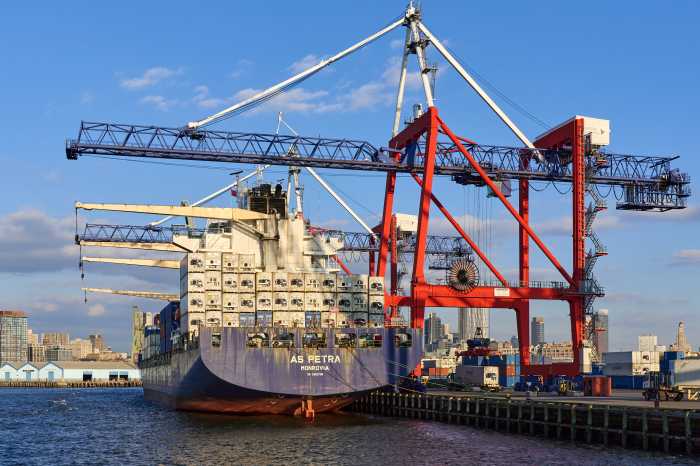
A Brooklyn without a Prospect Park? Fuggedaboutit.
Brooklynites are ringing in the new year just as Prospect Park, the borough’s crown jewel, is ramping up to celebrate 150 years as a place to relax, play and experience nature. In fact, the sprawling 526-plus acre green space still serves many of the same functions it was originally designed for.
Created before Brooklyn was officially part of New York City, Prospect Park was designed and constructed from 1865 to 1895 by Frederick Law Olmsted and Calvert Vaux — who also designed Central Park. The park opened to the public in 1867 before construction was complete.
“At that time, recreational uses … [were to] picnic [or] go to the woods to the rustic shelters and take in nature, which in the woodlands was supposed to kind of recreate the Adirondacks in feeling,” said Amy Peck, an archivist with the Prospect Park Alliance. “Its history shows its adaptability and that people feel its a necessary thing in Brooklyn, if not New York.”
Today, Prospect Park is “our heaven, our sanctuary, our everything,” said Hang Nguyen, 27, an education technologist who lives nearby. Nguyen said she uses Brooklyn’s “giant backyard” for frolicking in winter’s snow and filming videos, and, in warmer weather, picnicking, playing badminton and hanging out with friends.
As the park heads into 2017 and officially starts to commemorate 150 years, the Prospect Park Alliance plans to hold celebratory events, starting the weekend of April 1 and 2. The Alliance will list more details in the coming months.
More renovations are on the calendar. Currently, the Alliance is restoring much of the woodlands. Plans are also in the works to revamp the Flatbush Avenue side, re-doing the sidewalk and fence there, and to add two new entrances to the park between Flatbush Avenue and the Prospect Park Zoo, said Sue Donoghue, Alliance president. Work should start on that in about a year.
Donoghue said programming is a big part of what the Alliance does as well, like the Pop-Up Audubon program, which runs from the spring through the fall.
“Our hope is to continue to make the park feel accessible and welcoming to all the communities around the park,” she said. “It’s those kinds of things that we feel are really important. And we want to make sure that we continue to engage people.”
‘A PARK FOR EVERYONE’
For many Brooklynites, Prospect Park’s function as a cultural hub is less critical than its role as a green space and recreational area where one can meet new friends and cement relationships with old ones.
Prospect Park “is a second community,” said Brian Buckmire, 28, a public defender who has made friends, established professional alliances and polished his pet ownership skills as a result of other dog owners he’s met in the off-leash areas of the woodlands. Four-legged patrons, such as Buckmire’s Doberman, Khaleesi, may be Prospect Park’s most vocal and enthusiastic fans, literally leaping with glee upon arrival.
The park has changed since its opening. Gone are the sheep in the meadow, a working dairy completed in 1870, and the practice of people using the park as a bedroom in the days before air conditioning.
“It really was built to be a park for everyone,” said Marcia Ely, the vice president of programs and external affairs at the Brooklyn Historical Society and curator of a new exhibit that will open about the park over the summer. “It wasn’t built to be a park for the elite and the well-heeled. [Olmsted and Vaux] wanted to serve city residents from all walks of Brooklyn and I think that was one of the really beautiful foundation ideas.”
During the city’s fiscal crisis in the 1970s, many parts of Prospect Park fell into disrepair and several buildings (such as the picnic house and tennis house), were closed to the public, Peck said. Maintenance on the meadows, ball fields and woodlands also lagged, she noted.
In the ’80s, residents of the neighborhoods around the park wearied of the crime and vandalism associated with the space and formed the Alliance. Its first project, in 1990, was to restore the carousel.
“People I think know, now more than ever, that it’s not a piece of nature that will just take care of itself, it needs constant work,” Peck said.
Parks Commissioner Mitchell Silver grew up a few blocks away from the historic park and spent much of his childhood there.
“It really just established Brooklyn, it really solidified Brooklyn as a special place,” Silver said. “There’s this kind of a moving landscape that you can experience — you never know what’s going to happen around the turn. It’s a place where memories are created.”
While Prospect Park does not teem with Central Park’s hordes of tourists, it is undeniably a destination green space.
Waduda Muhammad, 35, visiting her brother from Atlanta, took her children, Adam, 2 and Edenia, 4, to the Lincoln Road Playground every day over the holidays.
“This is an amazing park,” said Muhammad, who was staying with her brother in his apartment just steps from the greenspace.
In Atlanta, she noted, parks are primarily patronized only by children and their caretakers, as running and bike paths are located elsewhere, but Prospect Park serves as a big, green, ecological tent for every outdoor purpose imaginable, from fencing practice to bicycle races.
“A lot more people use this,” for multiple purposes, Muhammad marveled, adding, “it has everything and everyone together.”



